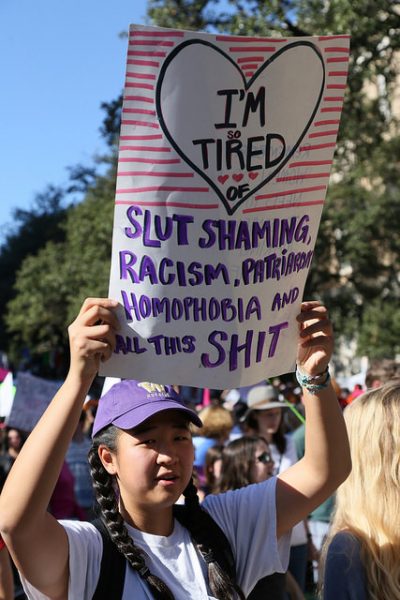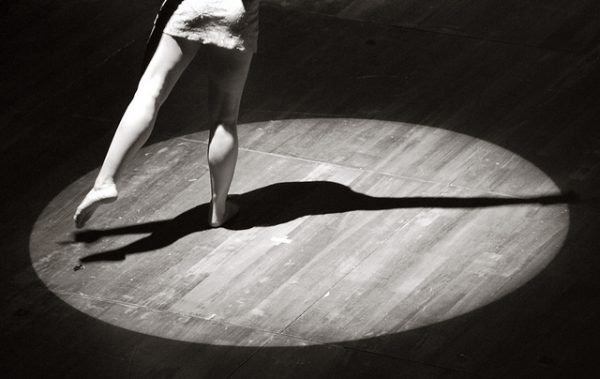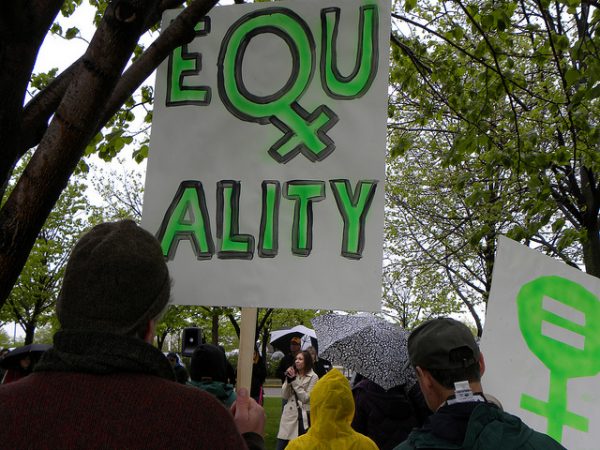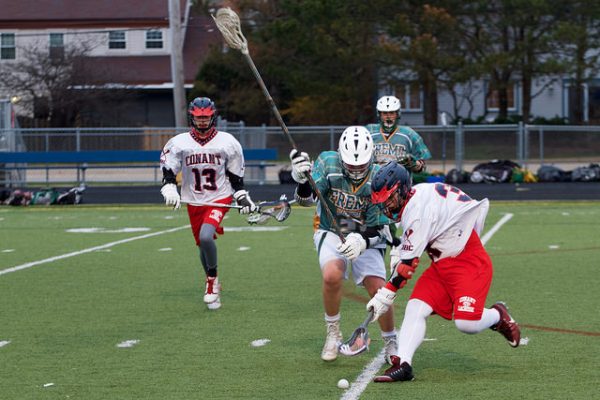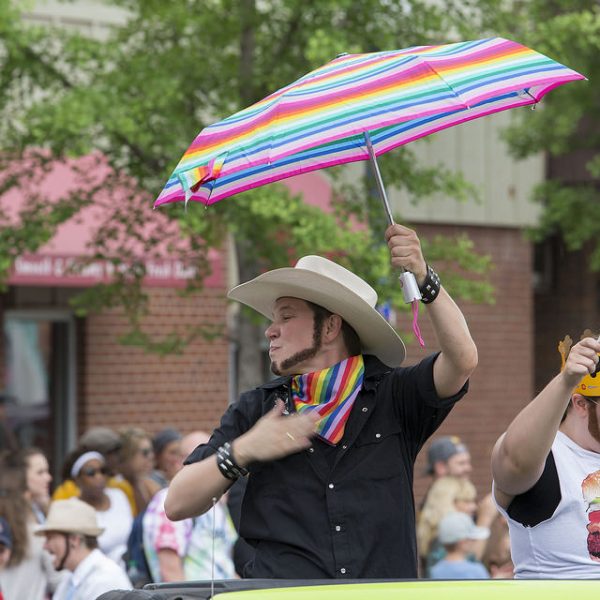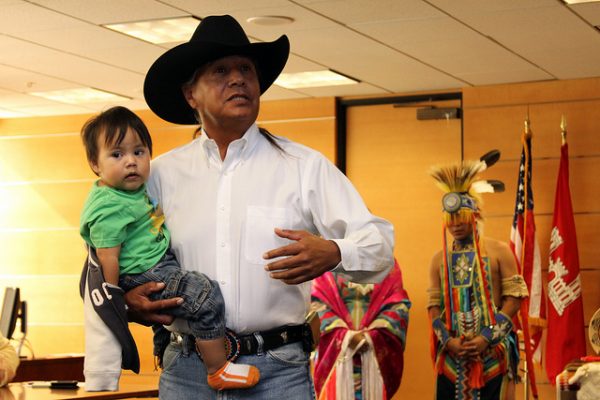
As Valentine’s Day quickly approaches, many couples will be deciding — and in some cases, disputing — how best to celebrate their love and commitment to one another. Because people’s beliefs about marriage and family are shaped by social class conditions early in life, most people marry partners with income, education, and occupation levels similar to their own. While partnering with someone from a similar upbringing cannot prevent all marital strife, it may head off some of the challenges that are confronted by mixed-class couples. Such relationships exemplify the influence of class on experiences and understandings of family.
Sociologist Pierre Bourdieu explains how the life-long influences of class background can affect what couples value in terms of money, work, and household chores. Because of these divergent values, partners raised in different social classes may argue about marriage and the family, even if they rarely recognize their upbringing as the source of their contention. For instance, research indicates that partners from middle-class backgrounds heavily emphasize long-term planning and saving while their upwardly mobile partners may have a more “hands off” approach to finances and careers, taking advantage of opportunities when they came along but not proactively seeking them out.
- Pierre Bourdieu. 1984. Distinction. Cambridge, MA: Harvard University Press.
- Jessi Streib. 2015. The Power of the Past: Understanding Cross-Class Marriages. Oxford University
Practices at the intersection of class and family life reproduce broader social inequalities. Because people who grew up in the same social class tend to be more similar in how they think about and manage family, they often partner with others who share their background. This “assortative mating” results in households with double the middle class advantages, as well as working class and poor households that are doubly disadvantaged. A wealth of scholarship investigates how growing class inequality has shaped patterns of marriage and family formation and describes how these patterns may be more unequal now than in previous decades.
- Robert D. Mare. 1991. “Five Decades of Educational Assortative Mating.” American Sociological Review 15-32.
- Marcia Carlson and Paula England (eds). 2011. Social Class and Changing Families in an Unequal America. Palo Alto, CA: Stanford University Press.
- Frank F. Furstenberg. 2014. “Fifty Years of Family Change: From Consensus to Complexity.” The ANNALS of the American Academy of Political and Social Science 654(1): 12-30.
People’s social class backgrounds also influence how they raise their children. For example, classic work by Annette Lareau shows how middle class white and African American families use child-rearing strategies that align with institutions like schools, yielding unequal rewards for these children while putting children from lower-class backgrounds at even more of a disadvantage. These families not only have more material resources but are able to impart more immaterial things to their children, like the “rules of the game” of how institutions work. These unspoken rules include everything from how to navigate bureaucratic environments, to how to communicate with authority figures as equals, to the right tone of voice to use in a meeting. Middle class parents engage in these strategies to secure advantages for their children in school and coach their children to do the same.
- Annette Lareau. 2003. Unequal Childhoods. Berkeley, CA: University of California Press.
- Jessica McCrory Calarco. 2018. Negotiating Opportunities: How the Middle Class Secures Advantages in School. Oxford University Press.
Whether we remain in the same social class our whole lives or find ourselves immersed in dramatically different financial circumstances, our social upbringing follows us through adulthood. People’s beliefs about what is right or normal are shaped by their upbringing, and such perceptions influence their expectations for marriage and family as adults. In an age of increasing income inequality in the United States, researchers must continue to explore the ways that class differences not only affect interpersonal relationships, but also reproduce broader social class inequalities.
For more information on marrying across class lines, check out this Contexts piece from Jessi Strieb.


